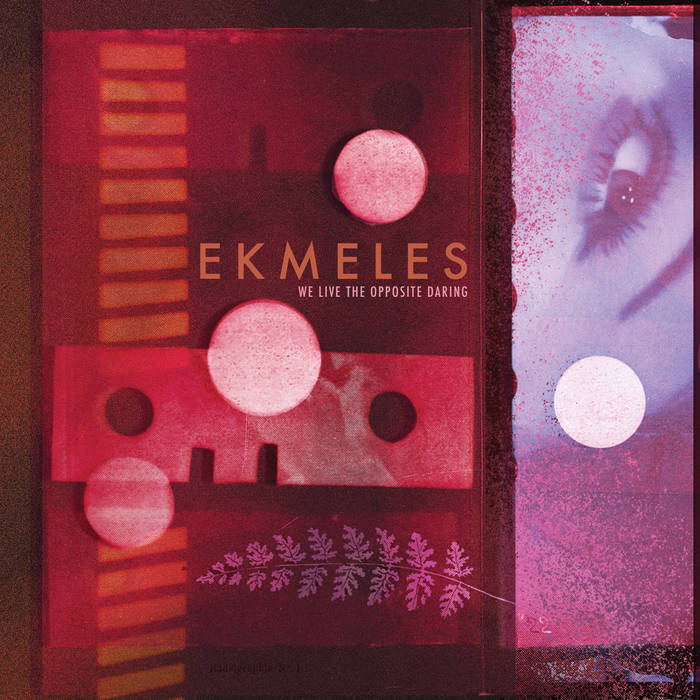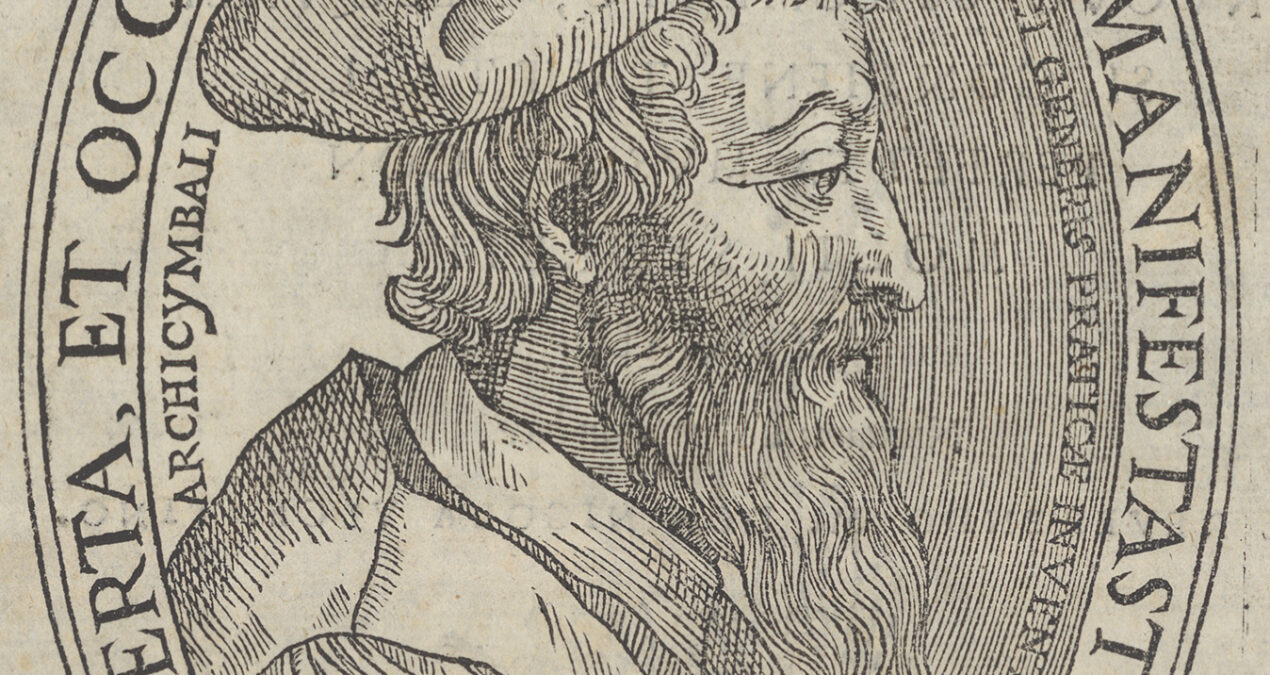7 March 2024
A post about my 31-ET madrigal book, Primo Libro, recently recorded by Ekmeles and released on New Focus Recordings.
My first encounter with the microtonal madrigals of Nicola Vicentino (1511-1575/6) was a project with selected members of the BBC Singers in 2010, and I was immediately fascinated by these bizarre fragments of music – a few surviving hieroglyphs from a forgotten tradition of intellectual and artistic speculation.
(To cut a long story short – though I recommend exploring further – Vicentino’s researches into the genera (different ways of tuning the tetrachord) of Ancient Greek music convinced him to try to revive the microtonal enharmonic genus within the confines of modern music theory. This led him to devise a scale of 31 degrees to the octave, each note roughly 1/5-tone apart, which allowed for pure thirds within all major and minor triads, and as such was a kind of logical extension of meantone temperament. He then wrote music using this 31-degree octave, which he demonstrated on a 2-manual, split-key harpsichord he called the archicembalo, tuned in such a way as to make all 31 pitches available for use. Training singers to sing his madrigals, he spent much of his career proselytising for the astonishing expressive effects his enharmonic system was able to produce. While his researches were an influential contribution to the emerging chromatic style, his microtonal music did not catch on, and would have died with him but for the preservation of his theoretical work, L’antica musica ridotta alla moderna prattica, the sole source of the surviving fragments of these remarkable pieces.)

We had MIDI mock-ups made, and sang them, tentatively at first, to the guide track, only after several days daring to try to take the headphones off and tune them together, in the space, without the safety net. Though we didn’t always manage to produce perfectly tuned chords, the attempt, and its partial success, was thrilling: had anyone tried to sing this music a cappella, even in the 16th century, when presumably they had been accompanied on the archicembalo? We were unaware of anyone trying to do this, and it felt a bit wild, definitely a bit mad, and very exciting. Better still, the microtonality really did work expressively, producing subtle colourations of the music (often involving the word dolce, with which it was clearly linked in Vicentino’s mind) in a way that was completely unique, and felt genuinely new.
Fired by this experience I had the idea of composing a book of madrigals, taking off from the same point as Vicentino but going in new ways. Vicentino’s microtonal exploration is circumscribed by the grammar of 16th-century harmony and counterpoint: the only moves he can really make (and even these are highly transgressive) are to shift the entire harmony up or down a 1/5 tone (usually up) and then return quickly before performers and listeners completely lose balance; or, as in Musica prisca caput, to use microtonal voice-leading in one part (e.g. rising up a microtonal scale) to pull the harmony more fluidly in and out of 1/5-tone shifts in tune with the rising microtonal cantus. Taking away these shifts, his underlying harmonic building blocks are exaggeratedly simple, with very few suspensions or inversions, dealing in a very high proportion of root-position major and minor chords. It’s as if, to achieve the subtleties of both chromatic and microtonal harmonic movement he wished to explore, he first had to simplify his materials to a near-pure state.
This combination of transparency and unfathomable complexity in his method I found completely irresistible: the sense that Vicentino is, like some alchemist, attempting for the first time to harness some new (but also very ancient, nature-born) power in music, something dangerous, apparently magical, beyond our tame cultural habits. That this is both music and a demonstration, or summoning-up, of what music could become: an experiment, but also very much for real. There is an edge in these short fragments of Vicentino that no other Renaissance composer – not even Gesualdo – followed him along. This edge is what I wanted to explore.
To create my own iteration of ‘antica musica ridotta alla moderna prattica’ (‘ancient music adapted to modern practice’) I took Vicentino’s building-blocks – major and minor triads in root position – and added the neutral triad, midway between the two. To give harmonic variety I also squashed the triads into clusters, which appear in several pieces. As a rhythmic analogue to the tiny pitch shifts I used very small differences of duration, so the music never flows comfortably in predictable note-lengths but is constantly pushed and pulled around.
Through these materials I wanted to achieve a new expressive rhetoric. I tried to imagine myself exploring the possibilities of expressing a text through music for the first time, as if it had never been done before, using only these materials. I took conventional Petrarchistic lyrics from Arcadelt’s Il primo libro de’ madrigali (1539) and treated them in different ways, excising some or nearly all of their substance, reducing many to isolated words, phrases or even isolated phonemes in an attempt to find an essence, a kernel of primal expressive signification that would fit the music’s attempt to do likewise.
Like Vicentino, I tried to find an edge between the extremely simple, even crude, and the complex and subtle. The surface I made as stark and primitive as possible: successions of homophonic chords ascending and descending, sudden cuts from one madrigal to the next at regular, one-minute intervals, no internal dynamic shading. Underneath, the singers are entangled in a web of tiny nuances of pitch and rhythm, where the slightest false move can spell disaster, a game to tax even the most sophisticated of ears. More than a game, however, I am also trying to find a different way to express age-old feelings, starting from those minute inflections of vocal pitch with which we indicate fear, hope, love, anger, grief, desire and despair. This was the goal of Vicentino’s search, as for all vocal composers of the humanist Renaissance, and for my piece too.

Fast-forward to Summer 2017, by which time my ensemble EXAUDI had become relatively adept at navigating Vicentino’s shifting harmonic sands; in the same project, at the Aldeburgh Festival, we also tried out some of Primo Libro. But it was the premiere of the complete work by its dedicatees Ekmeles in New York in October 2017 that properly began its life. Since then they have performed it three more times, and we finally made a studio recording together in July 2023, released on the New Focus label in February 2024. Ekmeles is a group of extraordinary skill and a pretty insane commitment to unreasonable, speculative music like this, that is ferociously tough and demands absolute devotion and hours and hours of work to pull off. I still can’t believe they can do it.
